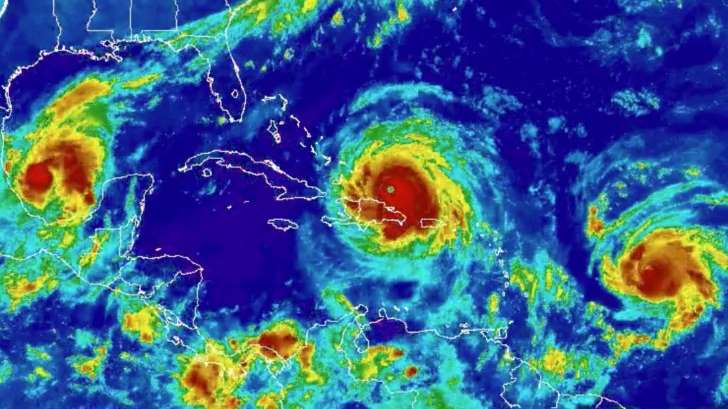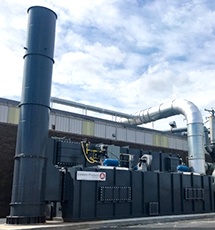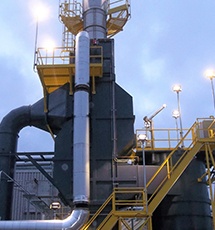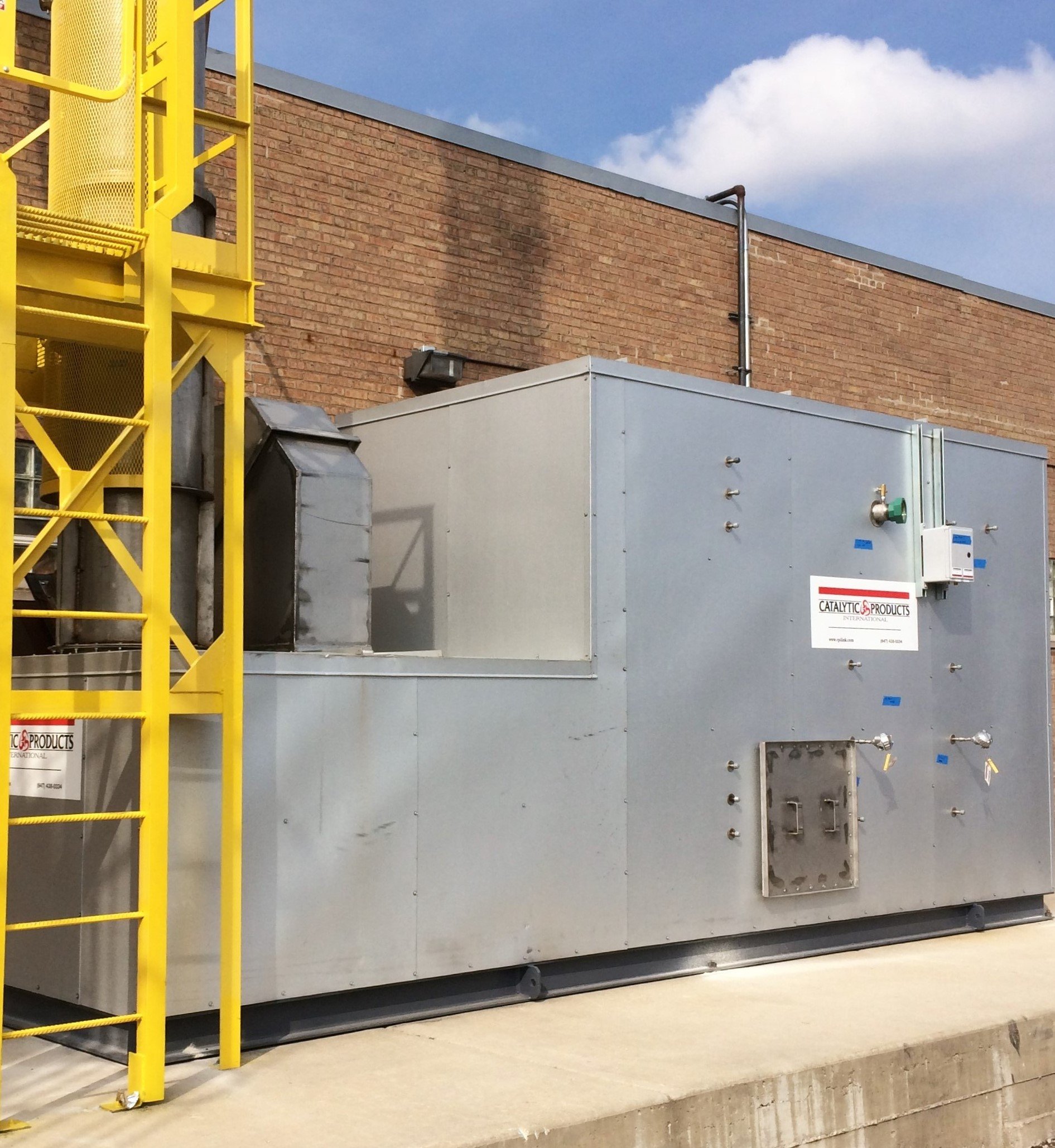Recent natural weather events are causing damage across the globe. The 2017 huricane season (June 1st through November 30th) has the potenital to be extremely active with five tropical storms and six huricanes. Wildfires are racing though the Western United States and Canada.

Some disasters are predicted - such as huricanes. You have a chance to prepare for disaster in advance. Water, canned food, generators, and other supplies quickly fly off the store shelf. Those leaving a potential disaster area face long lines at the gas stations and massive traffic jams. Other disasters, such as earthquakes and wildfires don't give a lot of warning.
It's very easy to panic during an emergency; being mentally and physically prepared may help to minimize that feeling of panic and enable you to keep your family calm, cool, collected, and most importantly, safe. An emergency preparedness plan should include a disaster supply kit, as well as any emergency essentials.
Planning for Emergencies
Plan for the emergencies that are most likely to happen where you live. Be familiar with natural disaster risks in your community. Consider how you will respond to emergencies that can happen anywhere, such as home fires and floods.
Several organizations have sites with information you need to create your own disaster recovery plan, here a just a few:
Saftey During Clean-Up
Safety First. Cleaning up after a storm will give you a sense of control. Remember, Water by electrical equipment could be energized, and could shock or electrocute you.
- Never touch electric wires, switches or fuses when you’re wet or when you’re standing in water.
- If an electrical appliance has been in contact with water, have a professional check it out before it is used. It may need to be repaired or replaced.
Electrical wires - Faulty electrical wiring can cause electrical shock or death. Electrical components must be repaired immediately by qualified personnel.
Planning for Potential Downtime
Be sure to follow the correct shutdown instructions specific to your system. The Operation and Maitnenace Manual for your air pollution control euipment will have a section for "Shutdown" (typically located in the Sequence of Operation section).
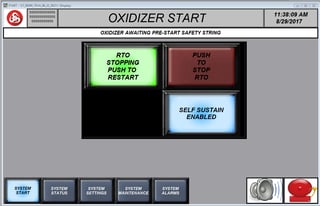
To shut your thermal oxidizer, regenerative thermal oxidizer, catalytic oxidizer or any air pollution control device down simply select the "SHUTDOWN" function key. This will initiate a sequence to remove all run permissive, clear any remaining, shut down fuel, fans etc. This process can take up to an hour.
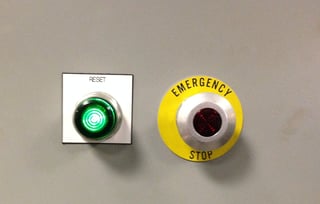
In an emergency, press the "E-STOP" button. This will immediately de-energize the PLC outputs which puts the system into a safe condition: the flame safety is de-energized, the main gas shut-off valve, and the main gas blocking valve will spring closed. This will shut off the burner main flame. The PLC will drop out the “LINE ENABLE” contacts. This will stop the process, which will close the t-dampers. The PLC will de-energize the booster fan VFD start contact, which will stop the VFD. The system will be stopped. The operator interface will display, “E-Stop Pressed”.
Catalytic Products International is here to help you get your air pollution control equipment back up and running when you need us.

